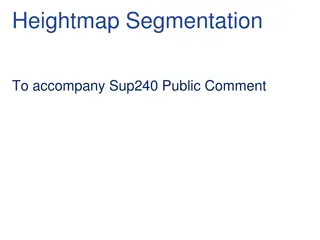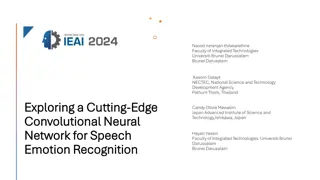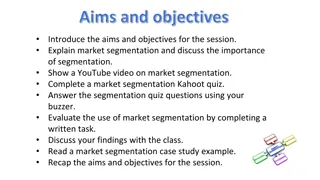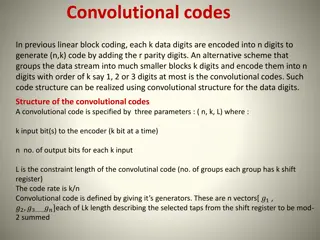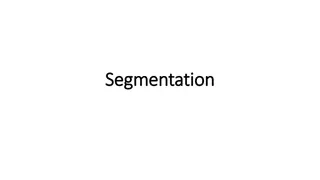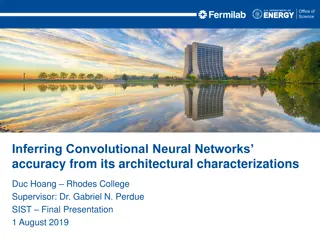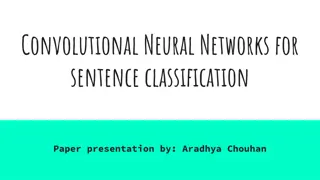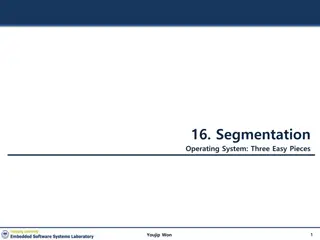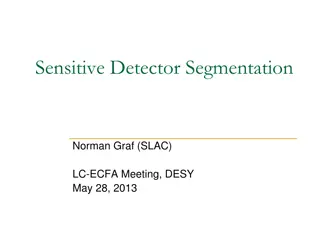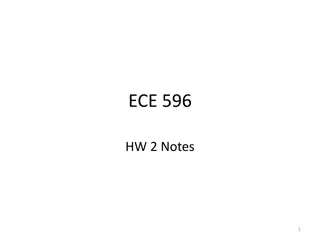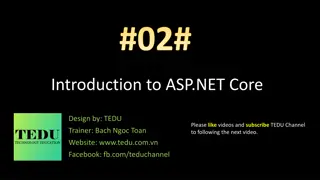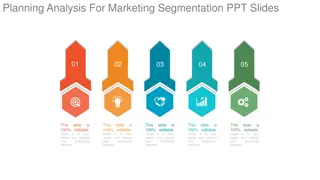Understanding U-Net: A Convolutional Network for Image Segmentation
U-Net is a convolutional neural network designed for image segmentation. It consists of a contracting path to capture context and an expanding path for precise localization. By concatenating high-resolution feature maps, U-Net efficiently handles information loss and maintains spatial details. The architecture's unique design has been successfully applied in tasks like the ISBI cell tracking challenge.
Download Presentation

Please find below an Image/Link to download the presentation.
The content on the website is provided AS IS for your information and personal use only. It may not be sold, licensed, or shared on other websites without obtaining consent from the author. Download presentation by click this link. If you encounter any issues during the download, it is possible that the publisher has removed the file from their server.
E N D
Presentation Transcript
U-Net: Convolutional Network for Segmentation Presented by: Chanon Chantaduly
What does a U-Net do? Learns Segmentation Output Segmentation Map Input Image
U-Net Architecture Ronneberger et al. (2015) U-net Architecture
U-Net Architecture Contraction Phase - Increases field of view - Lose Spatial Information Ronneberger et al. (2015) U-net Architecture
U-Net Architecture Expansion Phase - Create High Resolution Mapping Ronneberger et al. (2015) U-net Architecture
U-Net Architecture Concatenate with high-resolution feature maps from the Contraction Phase Ronneberger et al. (2015) U-net Architecture
U-Net Summary Contraction Phase Reduce spatial dimension, but increases the what. Expansion Phase Recovers object details and the dimensions, which is the where. Concatenating feature maps from the Contraction phase helps the Expansion phase with recovering the where information.
Author Results Ronneberger et al. (2015) ISBI cell tracking challenge





